
|   |

|   |
 e-mail: sunilkothari1933@gmail.com Dance conference Navadisha 2016 May 28, 2016 Navadisha 2016 dance conference was a unique event, the like of which has not been organized in UK in recent times. The last Navadisha event was organized by Piali Ray, Director of Sampad, in 2000. After an interval of 15 years, once again thanks to the dynamic Anita Srivastava, Director of New Dimension Arts Management and the producer of this event with co-producer Piali Ray, and Chitra Sundaram, moderator, art consultant and Bharatanatyam dancer, brain stormed for past two years and worked out this mind boggling conference enlisting support of many funding organizations and sponsors and various dance institutions across UK. They invited dancers, scholars, organizers, academicians, not only of Indian Diaspora but also as equal partners in the creative industry of dance, the British organizers, British South Asian dancers, choreographers, event managers and a host of UK based dancers. 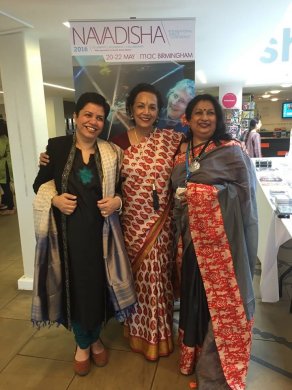 Architects of Navadisha:
Anita Srivastava, Chitra Sundaram, Piali Ray From Canada, Lata Pada of Sampradaya, Hari Krishnan (dancer, academician, InDance), Nova Bhattacharya (Bharatanatyam and contemporary dancer, President of the Toronto Arts Council's Board of Directors); from Johannesburg in South Africa, Jayesperi Moopen (Bharatanatyam dancer, artistic director of Tribangi Dance Theatre); from Singapore, Aravinth Kumarasamy (creative and managing director of Apsara Arts); from Dubai, Pali Chandra (Kathak dancer, director of Gurukul –Dubai); from Kolkata Tanusree Shankar (contemporary dancer), Vikram Iyengar (Kathak / contemporary dancer); from Chennai, Anita Ratnam (contemporary dancer, writer, managing editor of e-portal Narthaki.com and director of Arangham Trust); from Hyderabad, dancer/bureaucrat Ananda Shankar Jayant; from Delhi, dance critic Sunil Kothari; from Mumbai, Gauri Sharma Tripathi (Kathak dancer, also resident artist South Bank Centre, London); and from Ahmedabad, Chirag Mehta (Producer, Ice Craft Creations Pvt Ltd.). The list of the participants from across UK is too long to mention here. The supportive and important British participants were Kenneth Tharp (Chief Executive of The Place); Alistair Spalding (Chief Executive and Artistic Director of Sadler's Wells); Paul Russ (Artistic Director of Dane 4); and from Nehru Centre, Deputy Director Vibha Mehdiretta. Others included Morag Deyes (Artistic Director and Mentor of Dance Base from Edinburgh), Jane Hackett (Artistic Programmer and Producer of Sadler's Wells), Ann David (Professor and Head of dance department, Roehampton University), Julia Carruthers (Programme Director, Warwick Arts Centre), Claire Farmer (DanceWell Consultant of Akademi); Andrew Hurst (Chief Executive of One Dance UK). The participation of the British heads of different organizations showed the close interaction with institutions interested in South Asian dance forms. I have named these participants to give an idea of the range and for their seminal contribution to the various sessions of the three day conference (May 20-22, 2016) held at Mac, Birmingham. The topics ranged from two parts discussions: The Performer's perspective and the perspectives of Founder, Promotor and Programmer; A vision for Outdoor Arts-from Temple to Trafalgar Square curated by Mira Kaushik, Director of Akademi; Opportunities in Mela, by Ajay Chhabra, director of Nutkhat; Beyond Boundaries by Magdalene Gorringe; Politics of dance in Outdoor Arts by Avanthi Meduri; and issues of Barriers, Resistance and Solutions were also dealt with.The conference organizers were fortunate in getting three most celebrated internationally renowned dancers/choreographers from London - Akram Khan, Shobana Jeyasingh and Mavin Khoo - to deliver keynote addresses on each of the three days. Slide show Photos: Vipul Sangoi 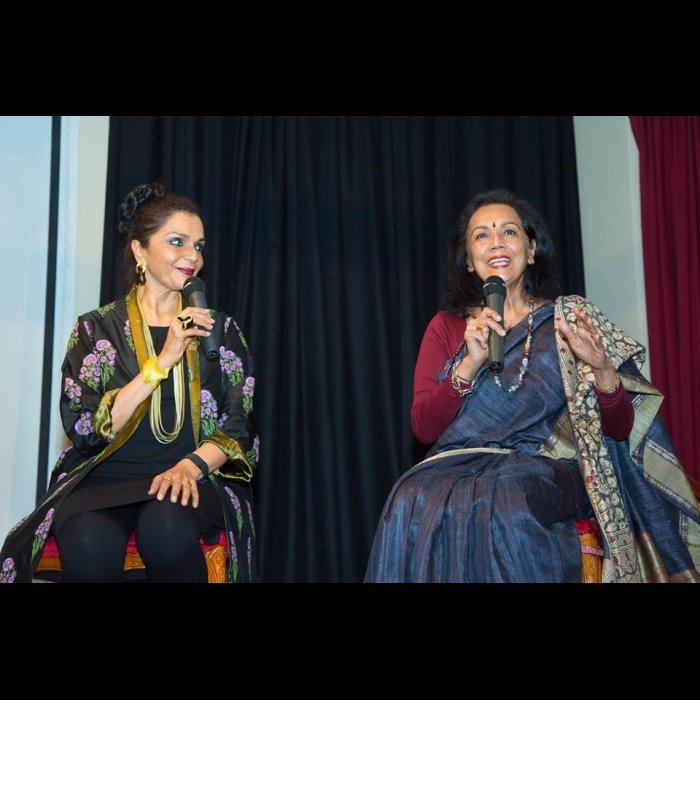
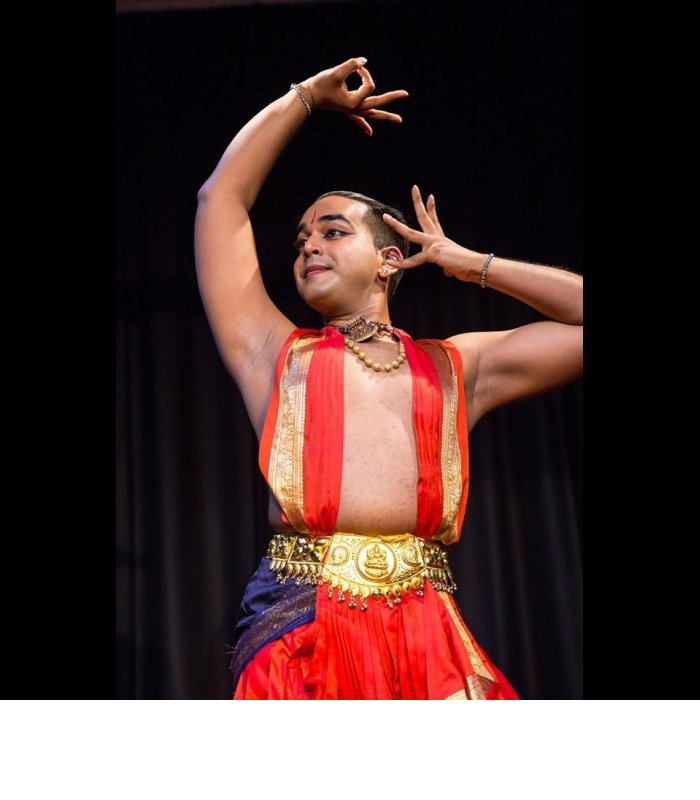
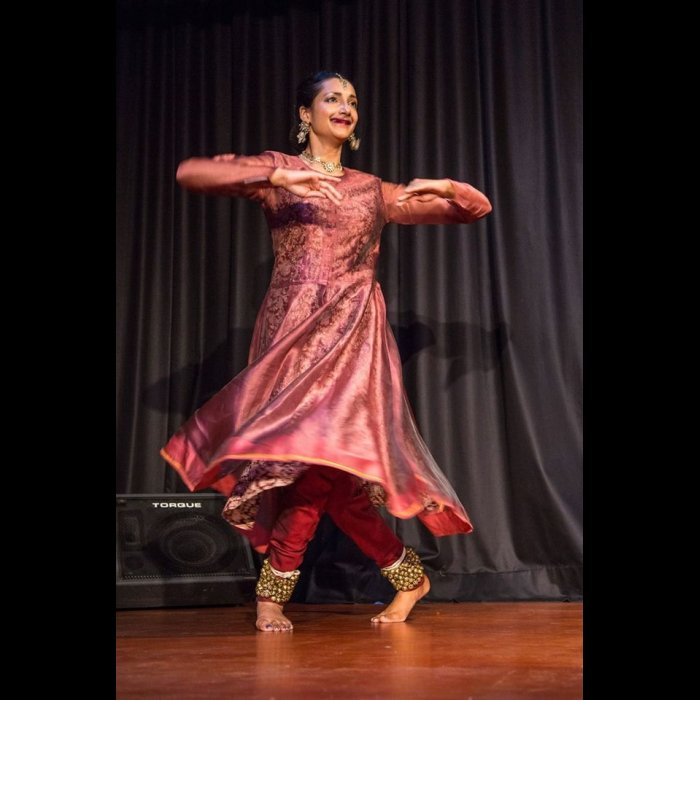
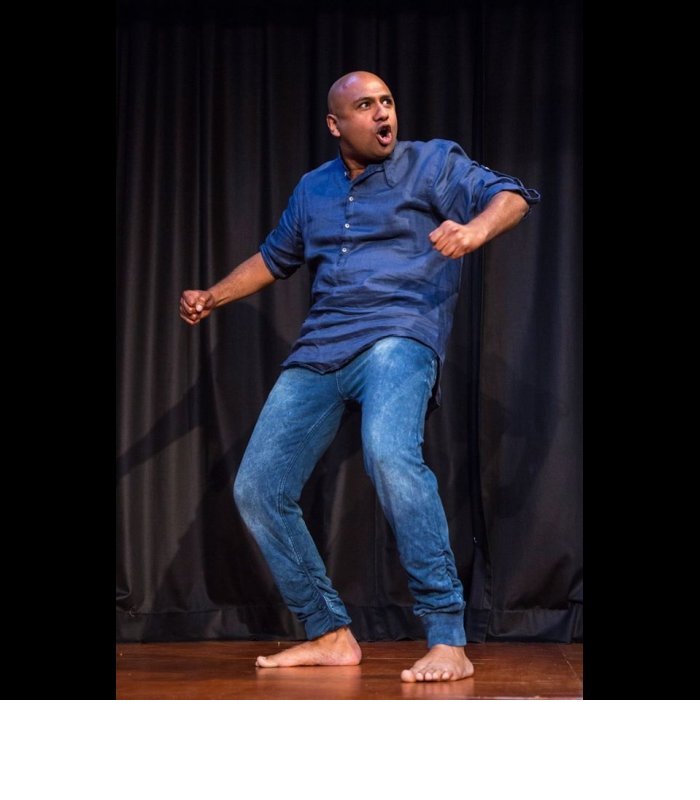
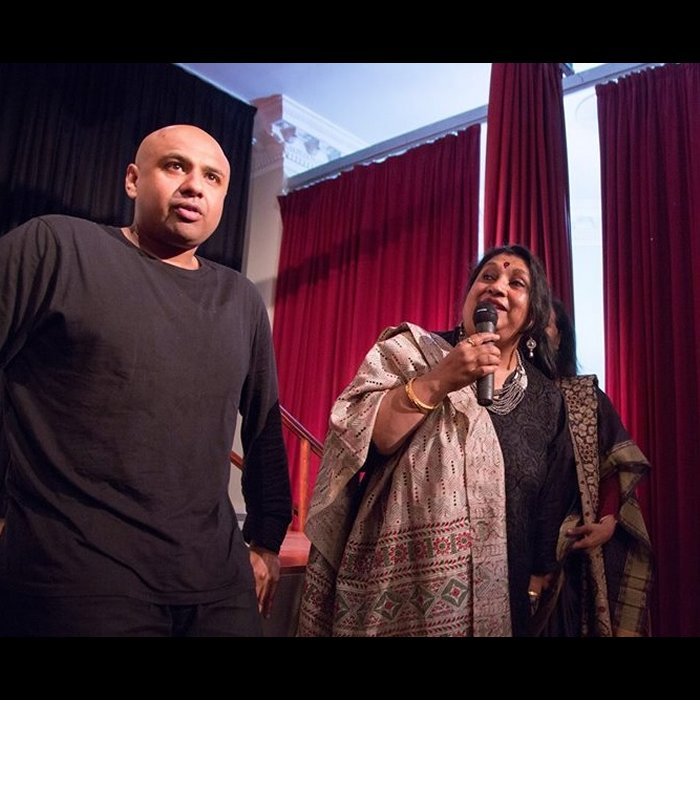
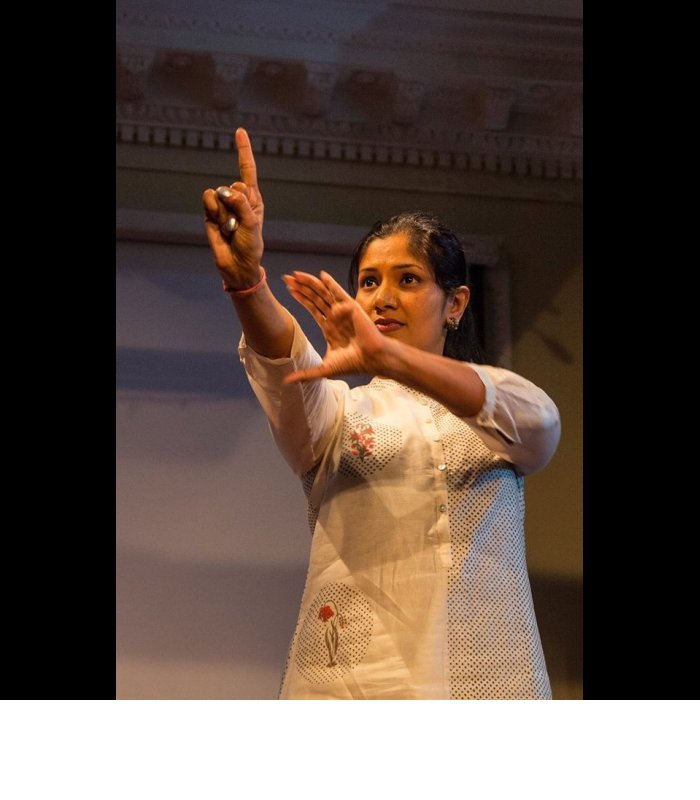
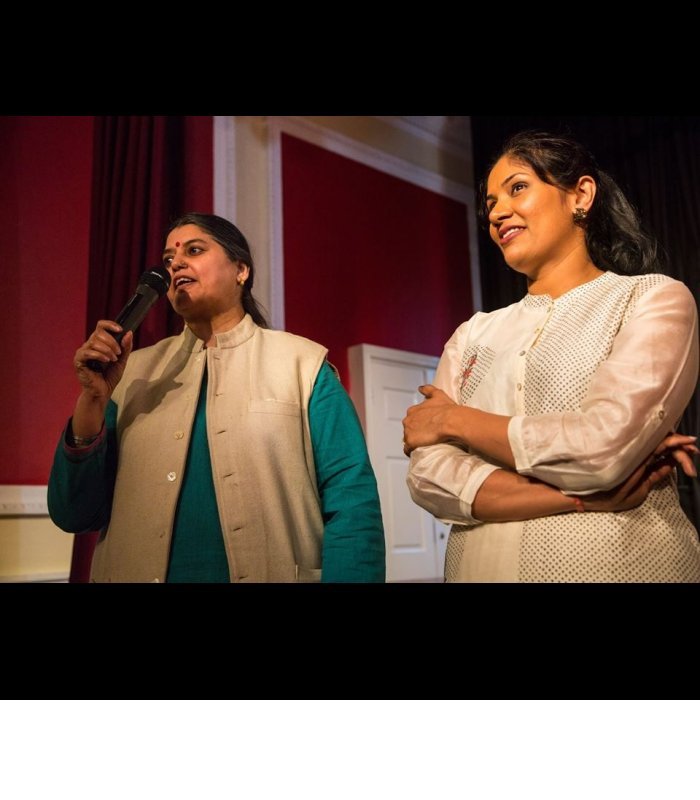
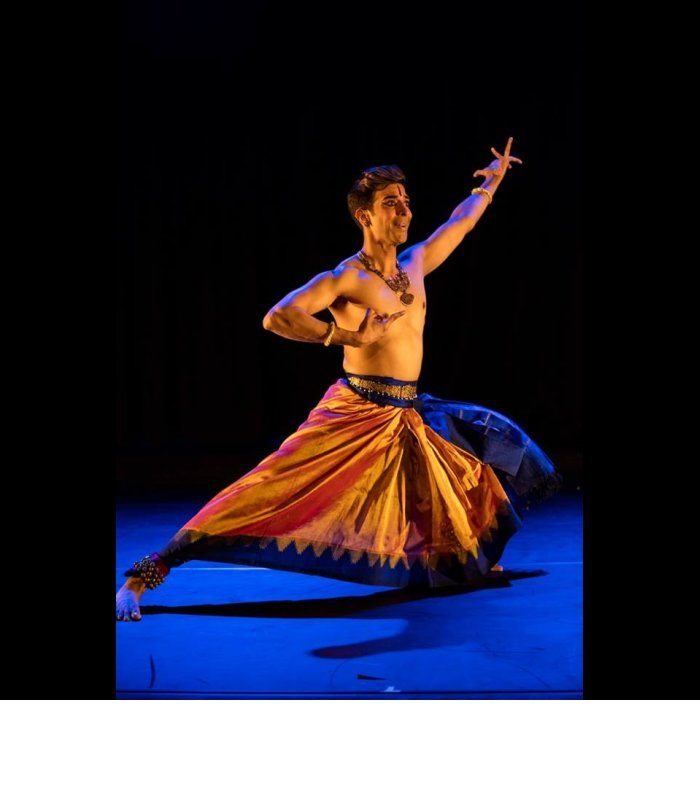
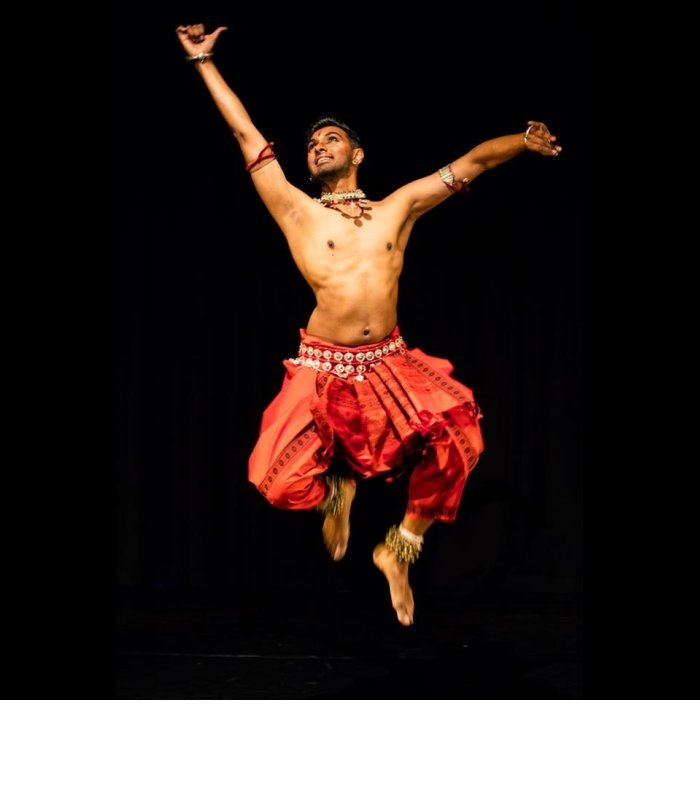
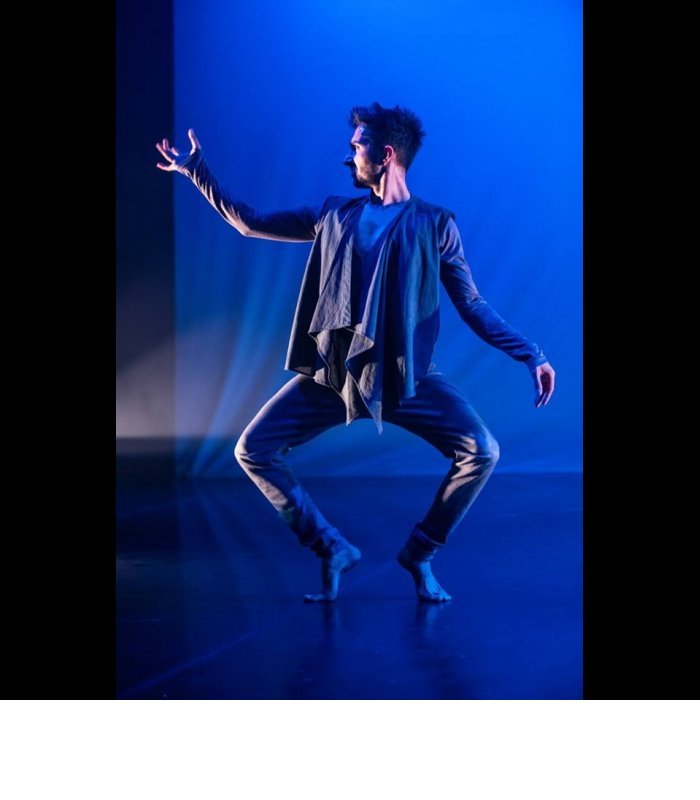
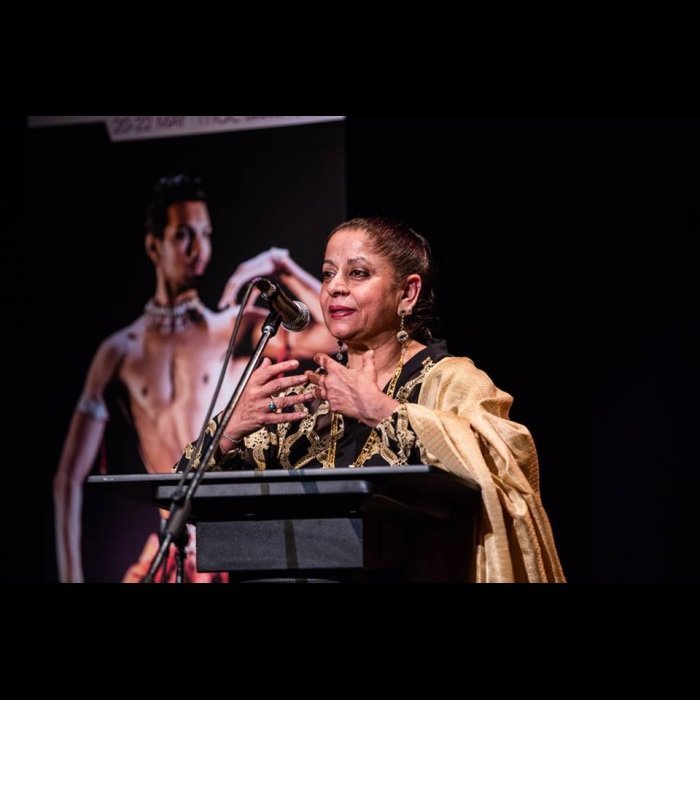
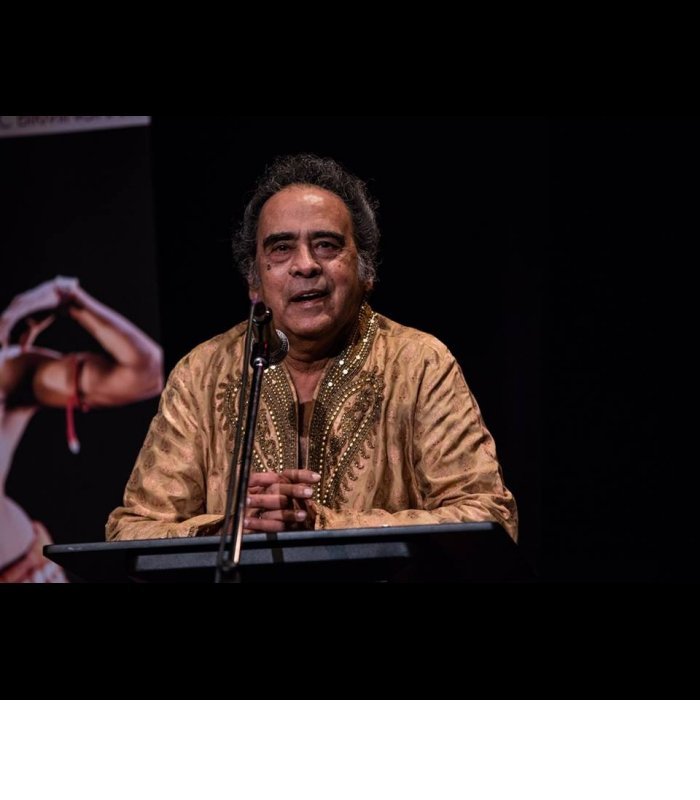
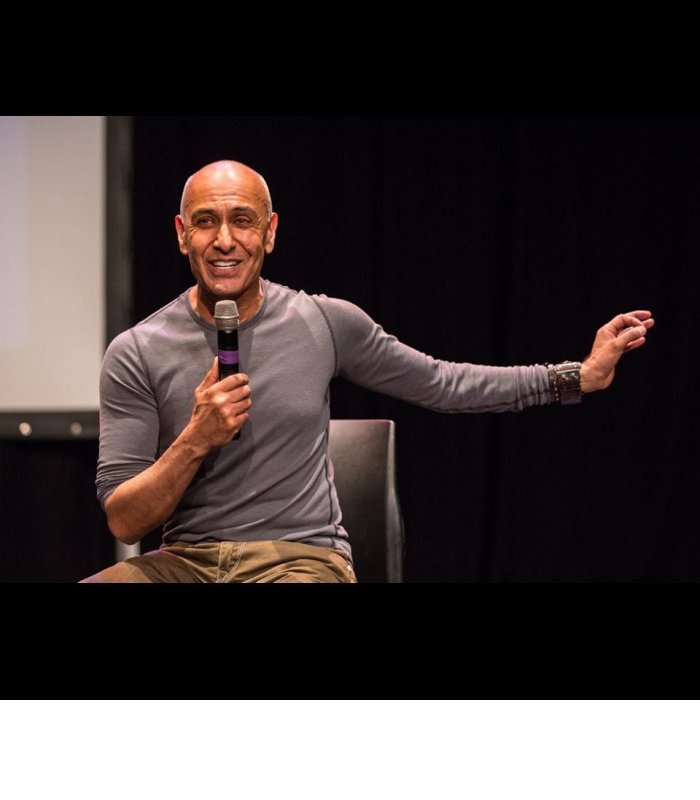
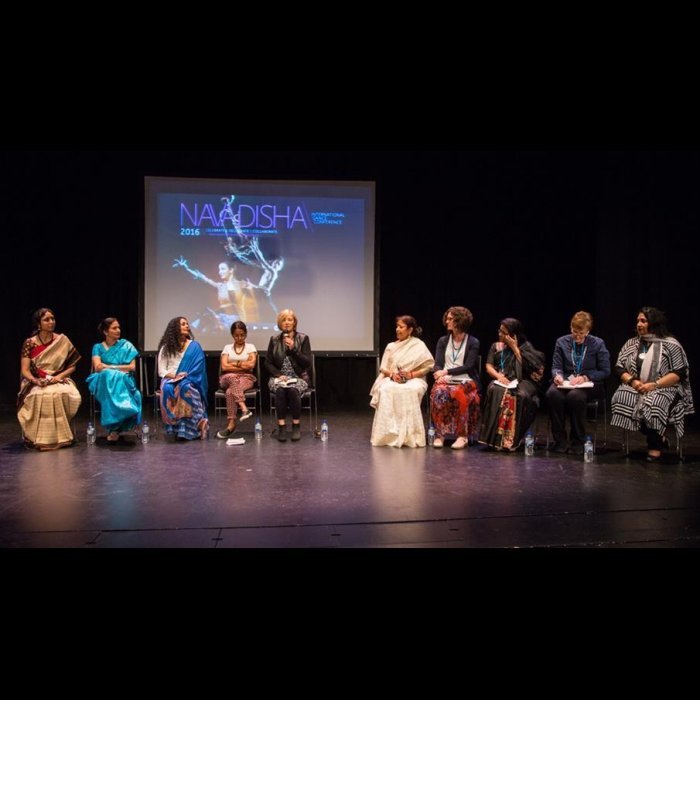
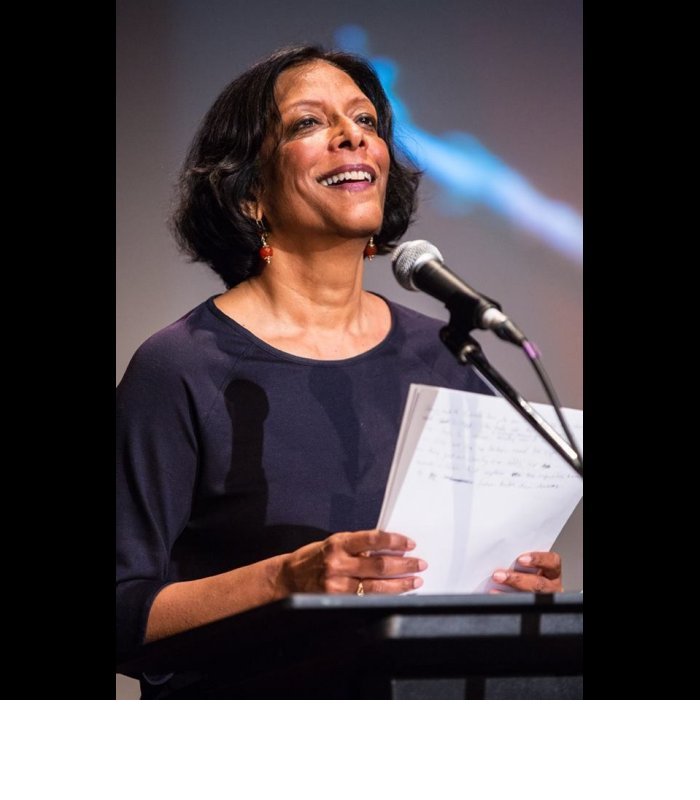
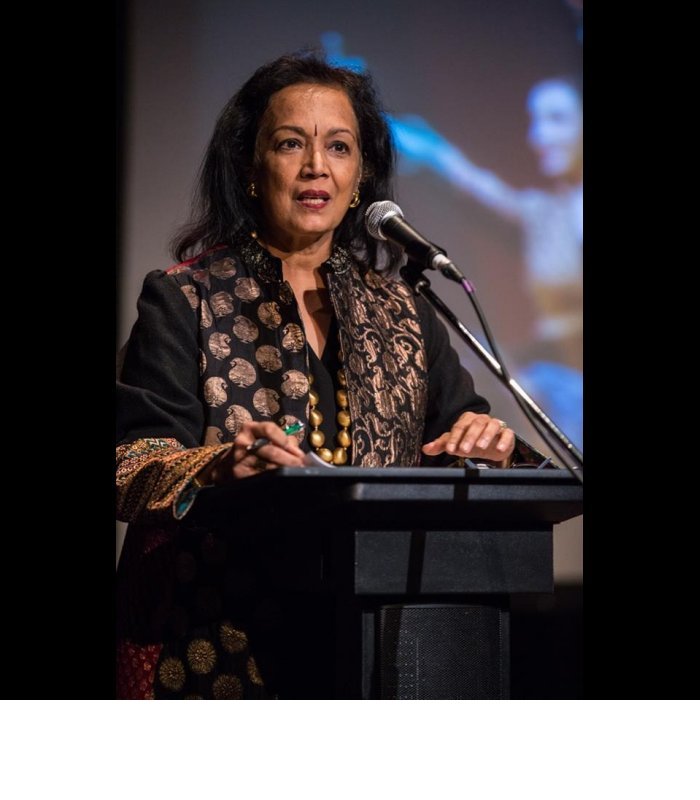
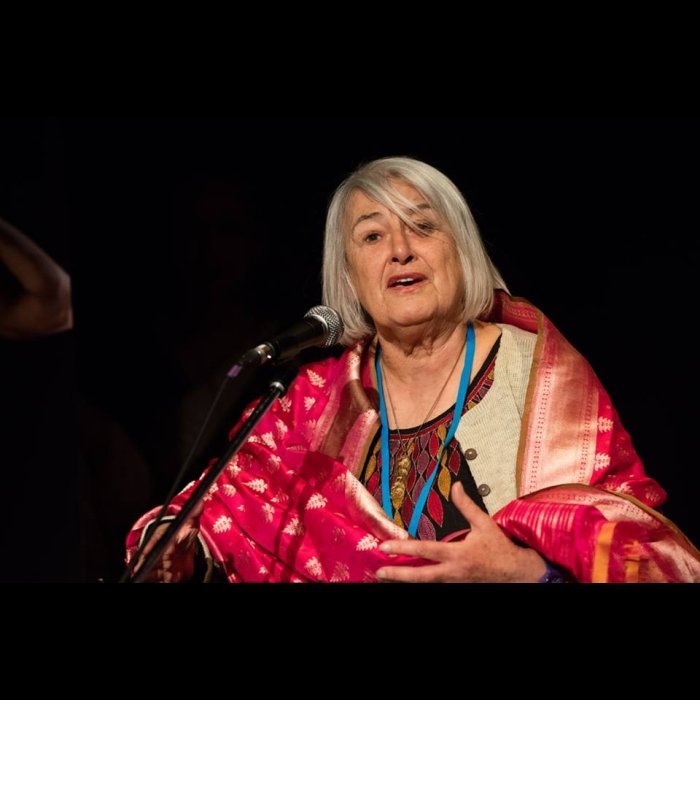
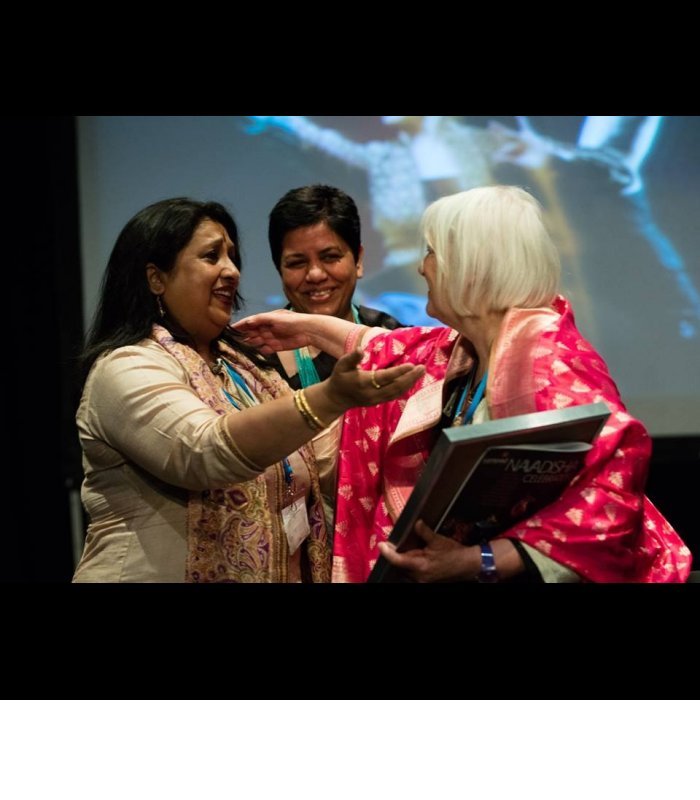
Akram Khan read out his keynote address placing emphasis on preservation of classical dance forms. Trained in classical Kathak under Pratap Pawar, Akram Khan has extended the boundaries of Kathak with his studies of contemporary dance and has produced during past thirty years, outstanding choreographic works working with celebrated creative artist sculptor Anish Kapoor, musician Nitin Sawhney, French actress/dancer Juliette Binoche, Sylvie Guillem, Israel Galvan, and Sidi Larbi Cherkaoui. He also insists that it is necessary for the Indian dance to evolve and transform. While he appreciated the popularity of dance among South Asian audiences, he lamented that none of the rich South Asian barons are patrons of the performing arts. He is also keen for Asian audiences to engage further in the arts; many of those who go to his shows are white people, with exceptions of a few brown faces. He wished he could spend more time with artists, who had come for the conference from all over UK and also from abroad, but his busy schedule kept him away and he had to leave soon after his keynote address. Shobana Jeysingh has the credit of being the first from Indian Diaspora to have created history in UK making most successful transition from classical traditional dance form like Bharatanatyam to contemporary dance with her own company, thirty years ago. Showing due respect to Rukmini Devi, her vision, revival and preservation of Bharatanatyam, protecting it from vulgarity and commercialism and highlighting spirituality, she mentioned that we must respect history. She spoke of the need for dance to reflect contemporary realities and not seeing classical and contemporary as two binaries but as complimentary arts; the need for knowing what is going underground below the carefully manicured garden in order to grow. Dance must have personal signature, and also generate new material and have strength of character. It was an illuminating talk. I could not attend Mavin Khoo's keynote address on account of another commitment. One of the most fascinating presentations was by Mira Kaushik, Director of Akademi. Her outdoor presentations have created history among South Asian dancers as she galvanized dancers to perform in open air site specific performances on a grand scale, using public spaces, creating spectacles, the like of which were so far not attempted using classical Indian dance forms, by its practitioners in London. Using the top surfaces of art galleries, buildings, various levels, choreographing them with a large number of dancers, she succeeded in bringing to the notice of large public the vibrancy of the classical dance forms, its diversity, variety and potential of popularity in a manner which was imaginative and bold. Mira also screened excerpts of some of those events, ranging from monuments, gardens, fountains, St James' Palace, Westminster, Parliament, also including Bollywood film sequence of Umrao Jaan. The opportunities in Mela, choreographing outdoor performances, the challenges, the different nature of audiences and their responses were discussed, the marketing aspect of such spectacles, the funding and sponsors and finally these spectacles turning into ticketed shows were quite an eye opener. Sessions following each other and with many panellists discussing issues within limited time, did pose problems as there was little time left for Q & A. However one was able to grasp the issues faced by the Indian Diaspora community pursuing the field of dance. Even when the term South Asian Arts is now used for classical Indian dance forms, it is obvious that even with such generic term one could grasp the problems Indian dance forms face in UK. All immigrants face these problems. Indian Diaspora world over have attempted to resolve them as best as they can. The pattern is as follows. In order to improve the economic condition when immigrants come to another country, in order to maintain their identity, the roots with Indian culture are further deepened. Various cultural expressions are explored and sustained with greater enthusiasm. The Indian classical dance forms provide a substantial resource and a route to remain connected with Indian culture. When a young woman, trained in one of the Indian classical dance forms, after marriage settling in another country, starts exploring opportunities of performing and in turn teaching people, children of neighbours of Indian origin as well as other communities, the trend is seen clearly of their attempts to maintain their own identity. The rest is history as we have seen how classical Indian dance forms have been nurtured and technique is transmitted to young persons in USA, Canada, UK, France, and other countries. Over the past 40 years, where Indian Diaspora has settled, the Government with its policy for supporting multicultural communities provides financial assistance. To take specific example of UK, the scenario is interesting as a case study. The Arts Council provides financial grants to Indian dancers who have settled for a longer time and have established their institutions. There has also been insistence on part of Arts Council on growth and development of the classical forms and reflecting contemporary issues. That is a tricky issue, as not all dancers are able to toe the line for obtaining financial support. The other source of training is institutions like Bharatiya Vidya Bhavan, established earlier, also for performances The Nehru Centre, who have helped dancers to develop and cultivate their audiences. With help of Bharatiya Vidya Bhavan, Kathakali and Mohiniattam dancer Tara Rajkumar, had started an institution Akademi to help dancers. Akademi has grown over the years under the broad vision of Mira Kaushik, as strategic arts organization, body of global importance through its work with audiences reaching millions. How to mentor dancers, in terms of presentation, quality of technique and further development. Also to expose British community to wider variety of Indian dance forms, its projection on a grand scale, site specific performances like 'Coming of Age' and 'Escapade' at the Southbank Centre, 'Waterscapes' at Somerset House, 'Dreaming Now' and 'Bells' on Trafalgar Square, 'Maya' at the Houses of Parliament. Her exceptional work has earned her OBE for services to dance. Sampad in Birmingham has taken quantum leap in promotion of Indian dance activities, under dedicated services of Piali Ray, regionally, nationally, and internationally. It allows audiences and communities to experience high quality arts through performances, festivals, conferences and education and outreach work. In 2012, she was commissioned by the Cultural Olympiad and London 2012 Festival to produce two large scale shows – 'Moving Earth' and 'Mandala', which were widely recognized as flagship events for South Asian Arts in the UK. And rightly she was conferred OBE in 2002 and other awards for raising Indian Art and Culture Awareness in the UK in 2015. With awareness of quality control, establishing curriculum for high standards in schools, lead taken by Sujata Banerjee for Kathak and Bharatanatyam with Imperial Society of Teachers of Dancing (ISTD). This course has found acceptance world over including India. A trained sports scientist delivers performance enhancement workshops for dancers. Bharatanatyam dancers like Chitraleka Bolar (Birmingham), Geetha Sridhar, who had worked with Chandralekha, and has studied Dance training and Education from Kent University (London), Rashmi Sudhir, Yorkshire based dancer specialising in Bharatanatyam, Kuchipudi, Mohiniattam and community dance (Bradford) , Shantha Rao also from Yorkshire, with projects of training, Swati Raut working in Lancaster, represented facets of exploring educational aspects and showed their engagement with dance in terms of national and regional training over the years. An interesting development has been of higher education in dance studies. The session on significance of South Asian dance voice in academia saw seminal work done by Avanthi Meduri at University of Roehampton and work done by Prarthana Purkayastha at Royal Holloway University of London and Royona Mitra at Brunel University, London. She has also authored a book on Akram Khan: Dancing New Interculturalism. In Bradfordshire, Sanjeevini Dutta, running a dance agency Kadam for past 20 years is now best known for publishing UK's leading quarterly Pulse on South Asian Arts, dance and music and as the producer of the cutting edge, high quality dance and music works. She has made music also an integral part of the magazine. The print magazine runs in tandem with an online presence. This development is most important for dissemination of news in field of dance and music. She has also produced educational videos of senior dancer, choreographer Bisakha Sarker introducing to British schools. It was followed by Living Tradition which traced the development of South Asian Arts in the UK. An interesting development over the years has been of international collaborations and making connections. The session showed how dancers with greater awareness and business savvy attitude have expanded horizons of their dance activities. Thus the conference addressed the issues of challenges in this area throwing light on artistic collaborations across different countries. The contribution of leaders in such field like Farooq Chaudhry has been most significant. A session on 'The Business of Dance' between Anita Ratnam and Farooq Chaudhry, creative entrepreneur and producer of Akram Khan Dance Company, was significant in terms of how Farooq and Akram Khan created history with their collaboration and resultant success. Anita Ratnam managed to draw out from Farooq various insights, struggles and relentless work over the past 30 years for their understanding of business. Farooq revealed that he has also found in China a brilliant dancer of world class and the constant travels and exposure has helped him in his success story. It is important to remember that Anita Ratnam had invited Akram Khan to perform in Chennai for The Other Festival. On account of other commitments I had to forego the discussions on final day. The topics were wide ranging like New Narratives and New Audiences. Who are we dancing for? The first part covered artist's perspective and the second dealt with venue, producer and promoter's perspective. The afternoon sessions focused on topics like Changing Lives and inspiring stories – how dance is enhancing people's lives. The participants were Aravinth Kumarasamy from Singapore, Hardish Virk, Ananda Shankar Jayant, Anusha Subramanyam, Bisakha Sarker, Sanjeevini Dutta and others. A dance film titled 'Nu Body Dance' by Sonia Sabri Dance Company was screened. With technological advantages dancers are savvy to have created their own dance films, a phenomenon catching up all over the world. The celebratory finale performances featured Sonia Sabri Dance Company in Kathak, Sooraj Subramaniam from Belgium in Odissi, Srishti-Nina Rajarani Dance Creations in Bharatanatyam, Chitraleka Dance Company in Mohiniattam, Ankh Dance in Kathak, Sujit Vaidya in Bharatanatyam and Bolly Flex's Bollywood. The conference coincided with International Dance Festival of Birmingham showcasing classical Odissi by Guru Kelucharan Mohapatra's daughter-in-law Sujata and granddaughter Preetisha Mohapatra, and in Bharatanatyam the dancing couple Shijith Nambiar and Parvati Menon, Aakash Odedra and Sanjukta Sinha, Hembharathy Palani and Subhash Viman. There was also an inevitable Desi Grooves party with colourful Bollywood and Bhangra. The most touching ceremonies were of honouring Naseem Khan, Pushkala Gopal, Pratap Pawar and Nahid Siddiqui for their lifelong work in the field of dance. Naseem Khan, daughter of Indian and German immigrants, has been at the forefront of Britain's cultural change as a commentator, policy developer and initiator for over thirty years. Her ground breaking report, The Arts Britain Ignores was the first to highlight the cultural work in ethnic minorities communities. She followed it up with a substantial body of work in diversity policy for organizations that include the Council of Europe, UNESCO, Museums and Art Galleries Commission, Asia-Europe Foundation and Arts Council of England. Both as an independent and staff journalist, she has written regularly for The Guardian, Independent and New Statesman and others. As Head of Diversity for Arts Council of England, her seminal contribution has helped the South Asian Arts immensely. For her services she was honoured by Navadisha 2016. It was 40 years since her report drew attention to cultural work of ethnic minorities that the present conference took stock of various developments. Bharatanatyam dancer, musician, teacher Pushkala Gopal, whose services to Bharatanatyam in London is far reaching, Pratap Pawar, Birju Maharaj's gandabandh disciple traditionally accepted in his gharana, a pioneer teacher to settle down in London and training a generation of dancers in Kathak and giving to the dance world a gem, what he called Kohinoor diamond in Akram Khan, and the legendary Kathak dancer Nahid Siddiqui from Pakistan, settling in Birmingham and also training a generation of dancers, were honoured by the Navadisha Conference in a heart warming ceremony. I was given the privilege of handing over the awards to these stalwarts. Each session had as opening number, a dance presentation. On opening day a specially commissioned duet between winner of BBC Young Dancer of the year 2015 Connor Scott and Vidya Patel was excellent. The showcase included works by UK based performers and choreographers, among which Arunima Kumar's Kuchipudi on one of the three women Sati was commendable for contemporary interpretation and empowerment of women. If I am not mistaken, this was the first ever contemporary work I have seen in Kuchipudi. Many years ago, I had seen by Avanthi Meduri extension of Matsyavatara in contemporary vein. Others were Kali Chandrasegaram, Kamala Devam, Kesha Raitha and work of Urja Desai Thakore. There was also a yoga session, dance performances by Yuva Gati students from National South Asian dance strand of the Centre for Advanced Dance Training (CADT). What was titled Mini-misrana included showcase by young ISTD students from around England. For such a marathon conference it would have been wonderful to have its coverage in the mainstream English and vernacular Indian language newspapers. I was told that arrangements were made for 'streaming' the sessions. If the conference received any feedback, I am sure the media persons in charge of the conference must have tried but should have also seen that the British press draws attention of public to such a historic conference. I also do not know why the critics were conspicuous by their absence and there was not a single session on role of media, appreciation, evaluation, reviews, and criticism of South Asian dance. Since tremendous thinking and planning had gone behind conceiving such a mega conference, one felt it would have helped to listen to their views. All said and done, the organizers deserve unqualified praise for organizing the conference which gave a serious observer of dance scene the development, richness and progress of South Asian dance in UK during the past 40 years. The brochure published for the conference with photographs, layout and design by the ace designer and photographer Vipul Sangoi is indeed a collector's item and a precious document. The photographs taken by him would form a precious and historic document to be maintained in a photo archive. It would be an excellent document, funds permitting to bring out publication of keynote addresses and whoever prepared written speeches and reporting in a book form.  Dr. Sunil Kothari is a dance historian, scholar, author and critic. He is honored with Padma Shri, Sangeet Natak Akademi award and Senior Critic Award from Dance Critics Association, NYC. Comments * Thank you, Dr. Sunil Kothari, for honouring Navadisha 2016 with your presence, and for all the visa trouble and tribulation you had to undergo to ensure you could be here in time! Thank you also for this write-up, in which you have provided not just observations but also contexts around Navadisha participants and points of views presented -- including pointers to what else may need to be looked at as well e.g. press and media coverage, the absence of which I made a point of noting during the conference. At the final plenary session, as conference moderator, I shared with delegates a summary of conference proceedings and a set of actions/ recommendations taking on board and synthesizing points made in presentations and remarks during the conference and in sidebar conversations. (These will be posted on the Navdadisha 2016 website.) On behalf of Anita Srivastava, Producer, Navadisha 2016 and Piali Ray, Co-producer/Artistic Director, Navadisha 2016 and the rest of the Navadisha 2016 team, I thank Dr Sunil Kothari, and narthaki.com. Kind regards, Chitra Sundaram, Navadisha 2016 Conference Moderator. (May 29, 2016) * Thank you Dr. Sunil Kothari, for your thoughtful review of Navadisha 2016 on NARTHAKI.com. It was a pleasure during Navadisha to have your contribution and participation. - Navadisha 2016 (June 8, 2016) * I am happy to learn that my report has been appreciated. As a matter of fact, it was indeed a rare opportunity for a serious scholar of dance to study and assess the progress Indian diaspora and immigrants have made and the challenges they are facing in placing the Indian classical dance forms in mainstream dance in UK in particular, and in Europe, in general. Now categorised as South Asian Dances, Indian classical dance forms have received recognition in multi cultural countries for its inherent dignity and aesthetics. With globalization, the challenges have multiplied and one has to watch patiently how we negotiate to maintain high standards. - Dr. Sunil Kothari (June 9, 2016) Post your comments Please provide your name and email id when you use the Anonymous profile in the blog to post a comment. All appropriate comments posted with name & email id in the blog will also be featured in the site. |